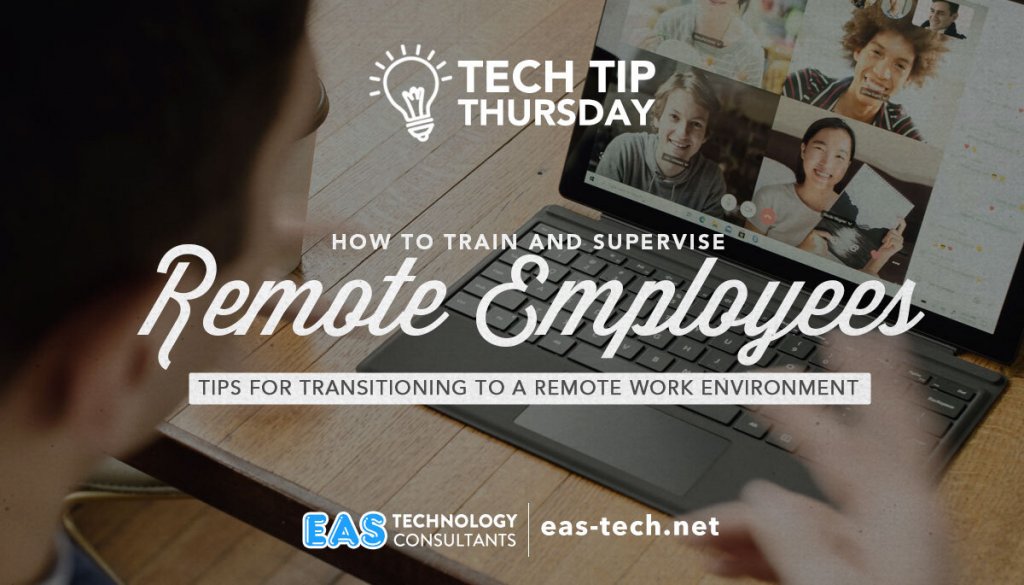
Working remotely can be a great way to reduce overhead costs and improve employee productivity, but it can also be challenging to manage employees who are not in the same physical space. In this blog post, we will discuss tips for transitioning to a remote work environment and how to effectively train and supervise remote employees.
Training employees is tough enough in its own right. Add in remote requirements and the difficulty gets dialed up to 11. Let’s look at what makes remote training tough.
Not enough in-person face time is the main issue. In an office, it’s easy to take a new hire under your wing for a couple of weeks and show them the ropes. You can introduce them to people, give tours, and have regular lunches or coffee breaks together. When someone’s remote, there’s less opportunity for those organic interactions. You can’t just stop by their desk to answer a quick question, and it’s harder to get a sense of whether they’re truly understanding the material.
Getting the information they need can be tough, too. In an office, you can direct a new hire to the right person or resource. When someone’s remote, they might not know who to ask for help. They might be hesitant to reach out because they don’t want to seem like they’re bothering people.
The potential for feeling isolated is very real. In an office, it’s easy to take a break and chat with co-workers. When someone’s remote, they can start to feel like they’re the only person working. They might not have anyone to turn to with quick questions or for moral support.
It can be very, very easy to get distracted when working from home. Maybe the dog needs to be let out, or there’s a load of laundry that needs to be put in. Maybe you just need a break from staring at the same four walls all day. Whatever the reason, it can be tough to stay focused when working remotely.
The best way to overcome these challenges is to be prepared by having a plan in place before remote training begins. Here are some tips to have an action plan ready to go.
Pick a learning model
Whether it’s synchronous or asynchronous learning, decide which model will work best for your team and stick with it.
Synchronous learning is when everyone learns at the same time. This can be done through video conferencing, webinars, or even just good ol’ fashioned conference calls.
Asynchronous learning is when people learn at their own pace. This can be done through recorded videos, articles, or even just a well-written email.
No matter which learning model you choose, make sure you’re consistent with it. Trying to mix and match will only lead to confusion and frustration.
Get the right tools
Maybe it’s Google Workspace, maybe it’s Office 365. Whatever your toolset is, pick it and stick with it. The last thing you want is for your team to be using a bunch of different tools that don’t work well together.
Not only will this lead to frustration, but it will also make it very difficult to keep everyone on the same page.
Get your training materials together
Your delivery method (synchronous or asynchronous) will determine how you deliver your training.
If you’re doing synchronous learning, you’ll need to put together a PowerPoint or Google Slides presentation.
If you’re doing asynchronous learning, you’ll need to write out your materials in a clear and concise way. This could be in the form of an email, an article, or even just a list of bullet points.
There’s still lots to cover regarding remote training but this primer should give you a good foundation to start from. Are you struggling to make remote training work? Need help picking and deploying the right tools or processes? We can help. Simply enter your name and email address below and we’ll reach out to you!
